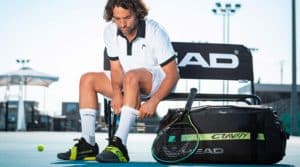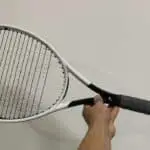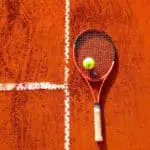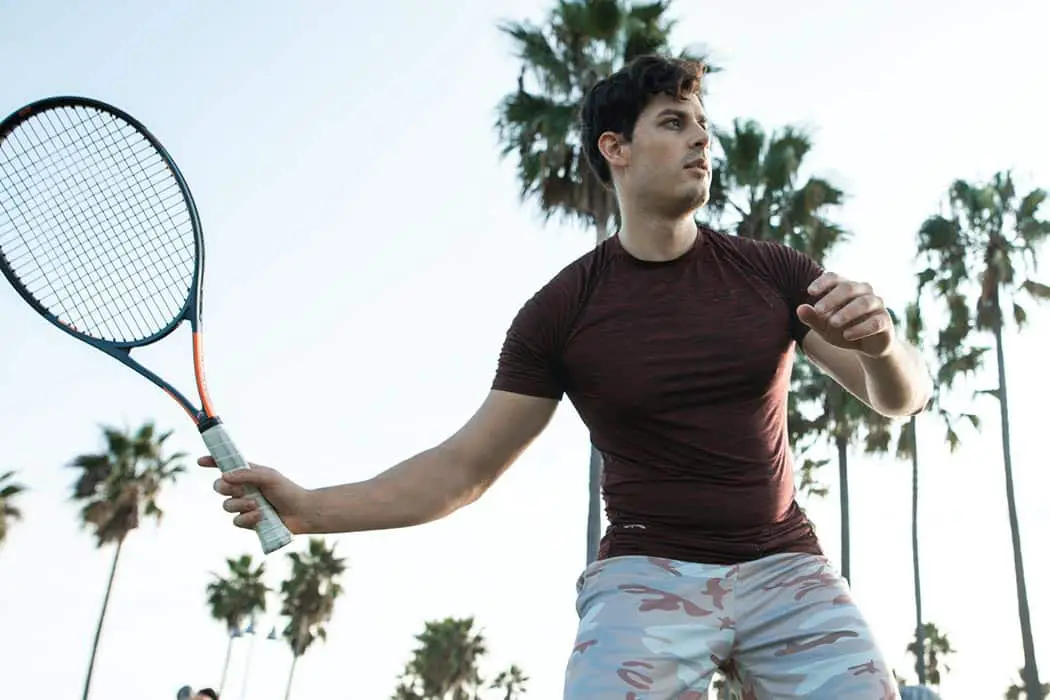
Is it Late to Start Tennis After 20?
Not everyone has the chance to play tennis at an early age. It can be due to many factors. For example, the financial situation of the parents might make them unable to pay for their kids’ equipment and practice sessions. Or, it happens that you fall in love with tennis but only after your twenties, by watching matches on TV or being a fan of a champion Like Federer or Nadal.
If you are 20 years old or more and you decide to start playing tennis, is it too late? Will you be able to compete on a high level?
It is never too late to play tennis. In fact, it is a fun and engaging sport with thousands of practitioners who started after the age of 20.
However, if you aim to turn pro and pursue a career where you make a living from tennis, it is highly unlikely that you’d make it, unless if you consider a coaching career.
The Ideal Age to Start Tennis
Just like any other sport, starting early as a kid gives you the chance to familiarize yourself with the sport and socialize with grown tennis players and coaches. In addition, kids who learn technical aspects of tennis early become particularly gifted and more qualified to turn into professionals who compete internationally and live from tennis.
The ideal age to start tennis is under 5. Most clubs recommend for children to start at this age to learn the fundamentals by playing mini-tennis and enforcing a beneficial program called progressive tennis. It means that kids begin tennis by using light and short racquets and by playing in smaller courts with lightweight balls.
Once they assimilate the technique, they move to the next stage. Progressive tennis is essential for kids between 5 and 10 years. It is probably the secret sauce to kickstart a young child’s career.
Players Who Proved That It’s Never Too Late
While it seems very unlikely to make it to the top of world tennis and play against the top100 or even the top50. There are two famous players who turned pro at a ‘very late age’ according to tennis specialists.
John Isner
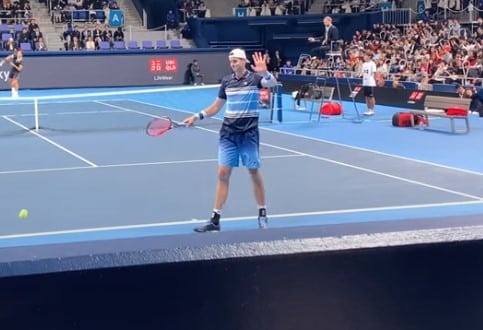
John Isner is an American player who didn’t pick up a racquet until the age of 11. This is late by any tennis standard and no one would’ve bet on him to make it to even the top 100 at best.
If this isn’t enough, here is another one for you: John turned pro only at 22. At this age, Rafa Nadal had 5 Grand Slam titles and a dozen of Masters.
In addition, John graduated from Georgia University to pursue a professional path, unlike most American professionals who join the USTA to compete in tournaments in order to improve the ranking.
He said in an interview back in 2012, that going to college for four years and graduating took the pressure from him. That is because if he would fail in tennis, he could always fall back to his degree.
Nevertheless, John Isner had one big advantage that boosted immensely his chances of success in tennis at a late age: his outstanding serve.
Now John is a Masters 1000 champion and is having a superb professional career, accumulating more than 20 million dollars in prize money against 16 career titles. He also pierced through the top 10 in 2016.
Arnaud Clement

He is a French player who picked up a racquet for the first time at the age of 7 but didn’t turn pro until the age of 19 after finishing high school.
His breakthrough was very quick. He made a grand slam final after 5 years of turning pro and won Wimbledon and 2 Masters titles in men’s doubles.
In 2001, he would become the world number 10 in the ATP ranking. Who would have thought?
He retired in 2012 after accumulating 7 million dollars in prize money.
It is never too late to accomplish great things in life. Believe!
Final Words
There really is no age cutoff for playing tennis. You can begin as a kid or later in life. But to make it to the top of the game, your chances are thin if you pick up the racquet for the first time after the age of 20. Nevertheless, coaching is a great perspective if you have the motivation and the dedication to work towards that goal.




